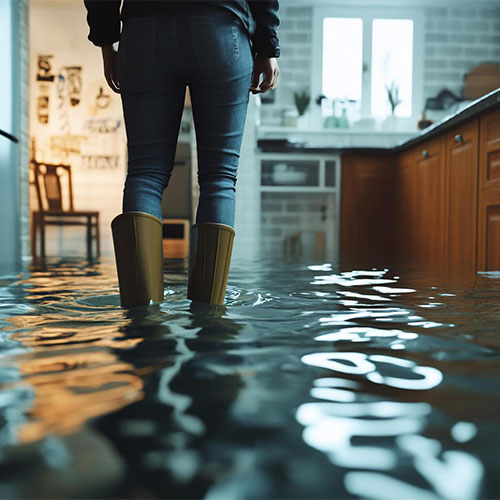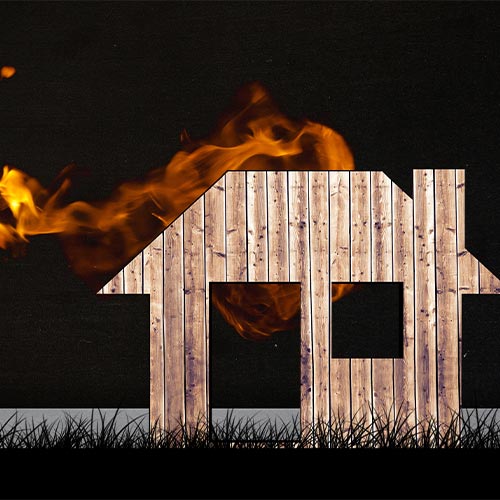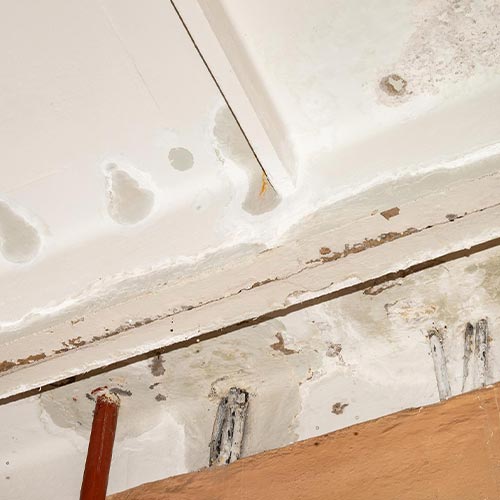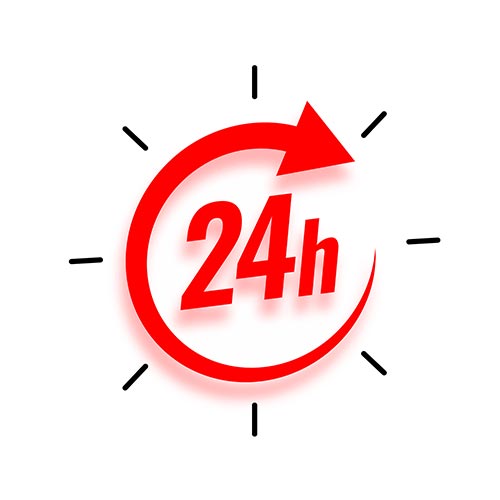Step-by-Step Guide to the Water Damage Restoration Process
Water damage is one of the most disruptive and costly problems homeowners can face. Whether it results from a sudden flood, a broken pipe, or a slow and undetected leak, the consequences can be severe if not addressed immediately. The water damage restoration process is essential to mitigate the effects of water intrusion and return the property to its original condition. It involves a multi-phase approach that includes assessment, water removal, structural drying, sanitation, and finally, restoration. Understanding the water damage restoration process helps homeowners act quickly, reducing the chances of long-term damage and ensuring a successful recovery.
Many people underestimate how rapidly water damage can escalate. Within hours, moisture can seep into floors, walls, and furnishings, leading to warping, decay, and mold growth. The water damage restoration process is designed to address all these concerns efficiently. Acting quickly can make the difference between a simple cleanup and a costly renovation project.
The water damage restoration process is not just about removing water. It’s about identifying hidden damage, preventing microbial contamination, and restoring the safety and integrity of your home. It also involves working with professionals who understand the intricacies of building materials, moisture behavior, and modern restoration technologies. The complexity of the water damage restoration process demands a professional touch to avoid missing key issues that could result in future problems.
By thoroughly understanding the water damage restoration process, you empower yourself to protect your property and loved ones. Whether you choose to handle parts of the cleanup yourself or hire professionals, being informed helps you make the best decisions. The water damage restoration process is ultimately about recovery and resilience—ensuring your home not only recovers but comes back stronger.
Transform Your Space with BUILPIRE – Book Your Consultation Today!
Step 1: Emergency Contact and Inspection
The water damage restoration process begins with an immediate emergency call to a restoration company. Professional services typically respond within 1–2 hours. On arrival, technicians perform a comprehensive assessment using moisture sensors, thermal imaging, and detailed visual inspections. They identify the source of the water (e.g., clean water, gray water, or black water) and determine the class and category of damage.
This assessment is crucial for insurance documentation and helps formulate a targeted action plan. If structural integrity is compromised, temporary stabilization measures are applied to prevent further damage. Digital documentation is often provided to ensure a smooth insurance claim process.
Step 2: Water Removal
Once the assessment is complete, the water extraction phase begins. This stage uses high-capacity pumps and wet/dry vacuums to remove thousands of gallons of water. The objective is to eliminate all standing water as quickly as possible. In advanced cases, submersible pumps and truck-mounted extraction systems are used.
Water-soaked materials like carpets, rugs, and upholstery may be removed and taken off-site for drying or disposal. Items of high value are documented, and salvageable belongings are packed out for cleaning and restoration.
Step 3: Drying and Dehumidifying
After surface water is removed, structural drying begins. Industrial-grade dehumidifiers and air movers circulate dry air to remove residual moisture. Walls, ceilings, and subfloors are carefully monitored using hygrometers and thermal imaging.
This stage can take several days depending on the extent of the saturation and weather conditions. Drying logs are kept to track progress and adjust equipment as needed. Drying is complete only when moisture levels return to industry-standard levels. Skipping or rushing this step may result in mold, structural deterioration, and poor air quality.
Step 4: Cleaning and Sanitizing
Cleaning is one of the most overlooked yet critical steps in the water damage restoration process. All exposed surfaces are cleaned with antimicrobial and antibacterial solutions. This includes disinfecting flooring, cabinetry, and HVAC systems to prevent contamination and mold growth.
In black water cases (such as sewage backup), hazardous waste removal is performed, and specialized sanitation protocols are followed. Air scrubbers with HEPA filters are used to purify the air and remove lingering odors. Textiles, furniture, and electronics are either restored or safely disposed of.
Step 5: Restoration and Repairs
The final phase of the water damage restoration process involves full-scale repairs and renovations. This may include replacing drywall, painting, reinstalling floors, cabinetry, and restoring structural components like beams or joists.
In some cases, homeowners take the opportunity to upgrade features or redesign affected areas. Modern water damage restoration often includes integrating waterproof materials and smart sensors to monitor for future leaks. Project managers coordinate repairs and provide a timeline and cost estimate, ensuring that the home is returned to its pre-damage condition—or better.
Why Timely Action Matters
Delays in response can escalate the damage from a minor inconvenience to a major health and structural hazard. Mold can begin to grow in as little as 24 hours. Electrical systems, insulation, and load-bearing structures can become compromised quickly. Responding swiftly reduces cost, complexity, and risk.
Preventative Measures
• Install water leak detection devices. • Schedule annual plumbing inspections. • Regularly clean gutters and downspouts. • Ensure proper drainage around the property. • Use moisture barriers in basements and crawl spaces. • Maintain HVAC systems and check for condensation issues.
Being proactive reduces your exposure to water damage and prepares you for emergencies. Education about the water damage restoration process is the first step in resilience.
Partner with Professionals Like Builpire
When disaster strikes, partnering with experienced professionals like Builpire ensures a stress-free restoration experience. Builpire specializes not only in the water damage restoration process but also in home design and upgrades. From damage assessment to rebuilding, Builpire delivers tailored, high-quality solutions that restore beauty and functionality. Their design-focused restoration ensures your space not only recovers but transforms.
For more ideas and guidance, follow us on Instagram.
FAQs About the Water Damage Restoration Process
How long does the water damage restoration process take from start to finish?
The total process can take anywhere from 5 days to several weeks, depending on the severity of the damage. Initial water extraction and drying may be completed in 3–7 days. However, reconstruction and repairs can add another 1–4 weeks, especially if permits and inspections are required.
Can I remain at home during the restoration process?
This depends on the extent of the damage and whether there are health or structural risks. If black water or mold is involved, temporary relocation may be recommended. Restoration companies like Builpire provide detailed assessments and can arrange temporary housing if necessary.
What factors influence the cost of the water damage restoration process?
Costs vary based on the size of the affected area, type of water involved, necessary materials, labor, and whether major reconstruction is required. Clean water damage costs less than black water cleanup. Having insurance and a documented damage report can help reduce out-of-pocket expenses.
Is it safe to handle water damage cleanup on my own?
While small spills can be managed by homeowners, significant water damage should always be addressed by certified professionals. DIY methods often miss hidden moisture and lack the industrial-grade equipment needed for proper drying and sanitization. Improper handling can result in mold, structural failure, or health issues.
What are the signs of hidden water damage I should look out for?
Signs include musty odors, warped flooring, peeling paint, discolored walls, increased humidity, and unexplained allergies or respiratory symptoms. If these occur, it’s essential to contact a professional to perform a moisture inspection using infrared tools.
How is mold handled during the water damage restoration process?
Mold remediation is a specialized step within the process. It involves isolating the area, removing contaminated materials, using HEPA vacuums, and applying fungicidal solutions. Air quality testing is also done post-remediation to ensure safe occupancy.
Does the restoration process include updating my home or just fixing the damage?
Restoration includes bringing your home back to its pre-loss state, but many companies like Builpire offer renovation services as well. This is an ideal opportunity to make upgrades such as waterproof flooring, new cabinetry, or smart home features while your home is under repair.
By expanding your understanding of the water damage restoration process, you can take informed, timely actions to protect your property and family. Don’t wait until it’s too late—partner with experts like Builpire to ensure your home is not only restored but also future-proofed.





